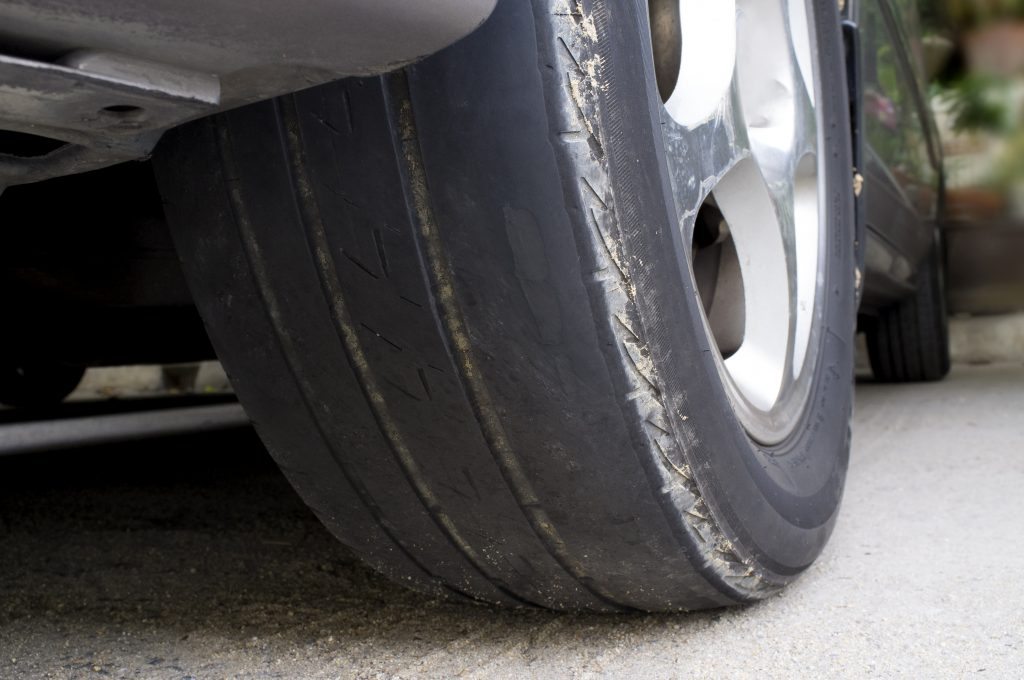
SHOP for TIRES
Your Tires Want You to Know These 3 Things

At Mavis Tires & Brakes, we’ve been in the tire industry for so long we know all the ins and outs of tires, including the signs and symptoms of trouble and how to properly care for them at every phase. However, most car owners know very little about what their tires may be telling them and actually rarely ever think about the work their tires are doing. We think of tires as the unsung heroes of your car’s safety and performance capabilities. Yet, they get very little car from drivers and are often what vehicle owners treat the worst. Your tires are always communicating with you, though, telling you what they need and warning you of potential issues. Read below to learn what they’re trying to let you know so you can get the best out of your tires and avoid hassles later on.
1. Tires are crucial to safety, so treat them right.
Most often, when people assess vehicle safety, they look for performance of airbags, brakes, the construction of the car, etc. While these are all important features, tires that are in optimal condition are actually more important to the day-to-day driving of your car. Too much wear or low air pressure have a bigger affect on the rest of your vehicle than you may think and will impact those other components anyway. Amount of wear is important because you need optimal grip to accelerate, turn, and brake properly. Tires that are too worn down won't grip the road as they should, which makes driving dangerous. Check your tires regularly using the classic penny test. Place a penny upside down between the treat of your tires. If Abraham Lincoln's head can be seen, your tread has been worn too low, and it's time to get a new set.
2. Tire pressure plays a big role.
Tires that are improperly inflated run the risk of popping or not performing correctly on the road, which could cause you to have an accident if you're at a high speed or are in difficult traffic conditions. But, how do you maintain the right inflation? In most vehicles, there is a sticker on the jamb of your driver-side door that tells you what your optimal tire pressure should be. Tire pressure isn't an “eyeball it” kind of game, as some drivers approach it. It's actually mandated by the manufacturing company to get the best performance and safety out of this specific vehicle model. Pressure recommendations are generally listed in PSI, short for “pounds per square inch”, and you should expect the ideal pressure for most vehicles to be between 30 and 35 PSI. Running your tires just a few PSI low can hurt your fuel economy, cause your tires to wear out faster, and even keep them from providing the grip you need for safe driving. On the other hand, over-inflating your tires can also be a problem, putting added strain on the tire materials and causing uneven tread wear.
3. The wear of your tires tells you something important.
Ideally, your tires’ tread should be even surrounding the entire tire. If it's not, this could tell you there’s an issue with pressure needing attention, or it could hint to an even bigger problem. If you notice more wear on the inside of the tires, closer to the center of your vehicle, it could mean your wheels are out of alignment and need to be fixed. If more outer wear is occurring, you could still need realignment, but you also may be taking corners at too high of a speed, ruining your tires. If the middle section is wearing faster, you're over-inflating your tires. Adversely, you're probably too low if your wear is on both the outer and inner sections rather than the middle. These are issues to address sooner rather than later to ensure your tire’s perform well for the long haul (a new set of tires can be pricey) and keep you safe on the road.
